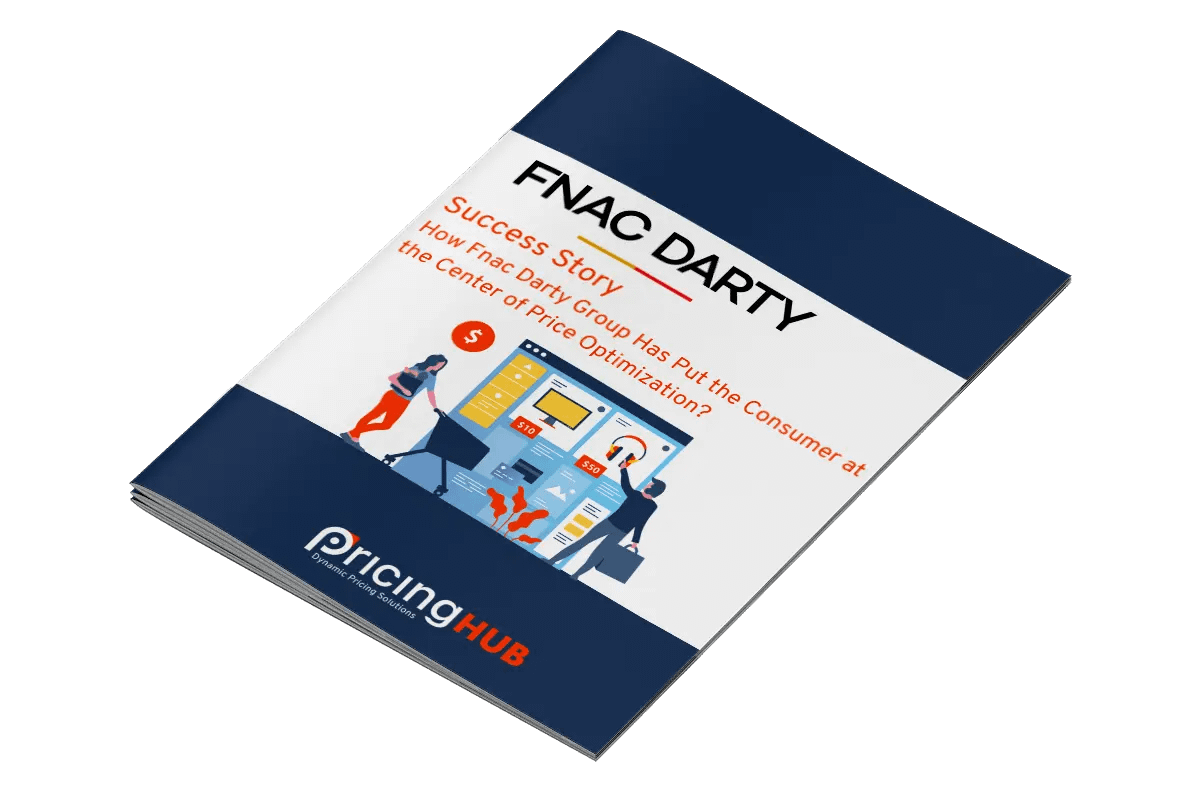In today’s dynamic market environment, competitive pricing stands out as a crucial strategy for businesses aiming to stay ahead of their rivals. This approach involves setting prices based on competitors’ pricing strategies while ensuring that the business remains profitable. For retailers, competitive pricing isn’t merely about lowering prices; it’s about finding the optimal price point that balances profitability, market positioning, and customer satisfaction. Competitive pricing is a strategy where a retailer sets the price of its products based on what competitors are charging. Unlike cost-plus pricing, which focuses on covering costs and achieving a target margin, competitive pricing revolves around the market’s current conditions and competitor behavior. By using this approach, retailers aim to position themselves appropriately within the market landscape, attract customers, and enhance their market share. Implementing a competitive pricing strategy is very useful in the retail industry for several reasons. Firstly, it helps in market positioning. By pricing products in line with or slightly below competitors, a retailer can position itself as a viable alternative, appealing to cost-conscious consumers. Secondly, competitive pricing influences customer perception. Price often plays a key role in the perceived value of a product. When a product is priced competitively, customers may view it as offering good value for money, which can enhance brand loyalty and satisfaction. Lastly, it directly affects profitability. While the aim isn’t always to offer the lowest prices, setting prices close to competitors can help attract new customers, though it comes at the expense of profitability. Implementing competitive pricing strategies can significantly impact a retailer’s success, offering multiple advantages that help them remain relevant and attractive in a dynamic market environment: While competitive pricing offers numerous benefits, it comes with its own set of challenges for retailers: Find out how Fnac Darty measures consumer price sensitivity in order to adapt quickly to the market and anticipate changes. Several strategies can be employed by retailers to implement competitive pricing effectively. Here are a few: Dynamic pricing involves adjusting prices in real-time based on market demand, competitor pricing, and other external factors. This strategy is commonly used in e-commerce and retail sectors. By constantly monitoring competitors and market trends, retailers can modify their pricing to maximize revenue and remain competitive. Pricing tool like PricingHUB can help you adjust prices in real time. Price leadership occurs when a dominant retailer in the market sets a price that other competitors follow. The leading retailer often has a significant market share or cost advantage that allows it to dictate pricing trends. By adopting a price leadership strategy, retailers can influence market prices and establish themselves as market leaders Penetration pricing involves setting a low price initially to attract customers and gain market share quickly. Once the retailer has established a strong customer base, prices may be gradually increased. This strategy is effective for new entrants trying to break into a competitive market and build customer loyalty. Skimming pricing is the opposite of penetration pricing. It involves setting a high price initially to maximize profits from customers willing to pay a premium. Over time, the price is gradually reduced to attract more price-sensitive customers. This strategy works well for innovative or high-demand products, allowing retailers to capitalize on early adopters. Price matching is a strategy where a retailer promises to match a competitor’s price if a customer finds the same product for less elsewhere. This approach can help retain customers who might otherwise go to a competitor. While it may impact profit margins, it can increase customer satisfaction and loyalty. Loss leader pricing involves selling a product at a price lower than its cost to attract customers. The idea is that customers will buy additional products at regular prices, offsetting the loss. This strategy is commonly used in retail to draw in customers with the promise of “low prices” on specific items, hoping they will make other purchases as well. To implement an effective competitive pricing strategy in the retail sector, businesses need to use various tools and techniques: Understanding customer needs and preferences is crucial. To do so, tools like PricingHUB leverage machine learning to calculate customer price sensitivity and help you adjust your pricing accordingly. By understanding how much a customer is willing to pay for your product, you can set the correct prices for all your products catalog. Regularly monitoring competitors’ pricing strategies is essential for competitive pricing in retail. Retailers should analyze competitors’ prices, promotional activities, and market positioning. This analysis helps identify market gaps and opportunities to offer more attractive pricing to potential customers. Understanding the cost of production is vital in setting competitive prices. Retailers must ensure that the pricing strategy covers production costs while providing a reasonable profit margin. Efficient cost management allows for more flexibility in pricing and helps maintain profitability even in a competitive market. Markets are dynamic, and pricing strategies need to be adaptable. Retailers should continuously evaluate market conditions, customer behavior, and competitor actions to adjust their pricing strategies accordingly. A pricing optimization tool like PricingHUB can assist in calculating customer price sensitivity for each product, allowing retailers to set optimal prices. By leveraging such tools, retailers can ensure their pricing remains competitive while maximizing profitability and customer satisfaction. Pricing software, like PricingHUB can automate the process of monitoring competitors’ prices and market trends. It can provide real-time data analysis, enabling retailers to make informed pricing decisions quickly. By leveraging pricing software, companies can optimize their pricing strategies to remain competitive without manual intervention. Data analytics plays a crucial role in competitive pricing for retailers. By analyzing market trends, customer behavior, and sales data, businesses can gain valuable insights into the effectiveness of their pricing strategies. Data-driven pricing decisions help in setting optimal prices that align with market demand and enhance profitability. For the retail industry, setting prices that reflect market conditions while ensuring profitability is key to positioning effectively, attracting new customers, and enhancing market share. However, retailers must be aware of the challenges of competitive pricing, such as the risk of price wars and the potential impact on profit margins. Implementing key strategies like dynamic pricing, price leadership, and penetration pricing, supported by tools like competitor analysis and pricing software, can help navigate the complexities of competitive pricing. In a constantly evolving retail landscape, adopting a well-structured competitive pricing strategy is essential for long-term success and brand growth. Book a demo to learn more about how PricingHUB can help you. Meet one of our pricing experts Meet one of our pricing experts Competitive Pricing: Definition, Strategy, and Benefits
What is Competitive Pricing?
The Importance of Competitive Pricing in Retail
Advantages and Benefits of Competitive Pricing in Retail
Disadvantages of Competitive Pricing in Retail
Fnac Darty puts the customer at the heart of price definition
Examples of Key Strategies for Implementing Competitive Pricing in Retail
Dynamic pricing
Price Leadership
Penetration Pricing
Skimming Pricing
Price Matching
Loss Leader Pricing
Tools and Techniques for Developing an Effective Competitive Pricing in Retail
Customer Feedback: Know the Consumer
PricingHUB’s new solution can also help you combine both competitive alignment strategy and customer centric strategy to optimize prices.
Competitor Analysis
Manufacturing Costs
Strategy Adaptation
Pricing Software
Data Analytics
Conclusion
Discover the benefits of Machine Learning in our Pricing strategies
Evaluate the potential of price elasticity on your business


